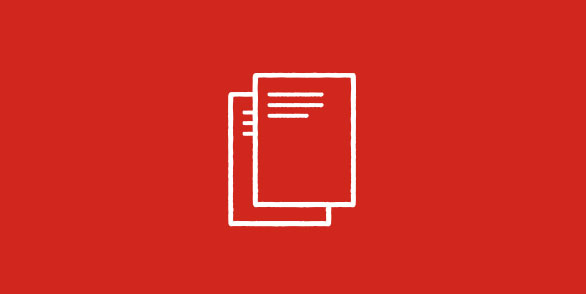by Mary Schafer
The introduction of a new technology or solution doesn’t need to cause a major disruption in business. Through effective communications, you can empower your employees to learn new skills and adapt well to workplace changes.
So, you’ve decided to implement a new HR technology system, such as a pay or benefits portal. Or perhaps you’ve decided to add an enhancement, such as increased mobile functionality.
Whatever the case may be, you’ll want to initiate workplace change with minimal disruption while maximizing employee understanding and productivity. How do you do this? Here are a few strategies and recommended practices.
Have a Plan
Ensure that you have a strategic plan in place months before the rollout. The sooner you start thinking about communications and change management, the better. This will give your users time to understand the processes and information around the rollout. Internal communications should stem from your strategic plan and align with your organizational purpose. Demonstrate the bigger picture by tying messages to the corporate brand as well as the mission, vision and values of the business.
Know which stakeholders you need to reach and how you will contact them before producing your strategic plan. Doing so will help you identify some of the challenges you might run into during a rollout, such as geographically dispersed teams, language barriers and varying degrees of technological know-how.
Know Your Audience
A one-size-fits-all approach to communication doesn’t typically work. Your audience may be a mix of corporate executives, full-time employees, retirees, new hires, part-time employees and people managers. You’ll likely be dealing with a multi-generational workforce, so you’ll need to account for communication preferences, learning styles and appropriate communication methods when you move to relay workplace change information to all parties.
As you put together these communications, craft clear and concise messages will help employees understand the changes that are coming and how and why they could affect them.
Provide Digestible Information
Avoid using technical or overly complex HR-speak in your communications campaign. Instead, communicate through short, jargon-free messages, and test them with people outside your department to confirm that the messaging resonates. Provide your audience with quick reads that contain actionable insight and guidance, and convey only the digestible pieces of tech information that tell your employees what they need to know, when they need to know it.
For more lengthy material, such as employee benefits packages, consider a narrated PowerPoint or a clickable PDF so users can easily find and click through topics that are important to them.
To ensure you’re reaching a diverse workforce, use a combination of communication methods to relay your message, such as direct mail, email, posters, podcasts, FAQ calls and blogs. Try to make information compelling from a visual standpoint by using infographics, call-out boxes, or short videos. Another way to grab people’s attention is to have an employee tell the story through a testimonial instead of having an HR rep relay the information.
Prepare Employee Go-To Resources
HR practitioners will likely be the advocates of the change rollout. However, if your employee network is widespread, you may need another set of change champions to make certain you can reach everyone. For instance, you could assign an HR rep at each of your locations to get the word out to front line employees.
Your change champions should have the answers to potential rollout questions ready. Make sure that managers are also prepared to help. Managers don’t necessarily have to be experts on your HR systems and processes, but they should know how to answer basic questions and where to direct employees for further information.
Make Your Communications Campaign Measurable
It’s critical that you track the performance of your communications campaign, and there are a variety of metrics you can employ to do just that. For example, you might try a system usage metric that tracks the number of employees who use your new HR systems and tools. Based on your findings, you can look for opportunities to reinforce your messaging or refine your plan.
Further, it’s important to implement a combination of metrics to gain a better understanding of your reach. Consider surveys and anecdotal feedback as other ways of determining rollout progress and fostering employee engagement. Try administering a short, two- or three-question survey to find out what worked and what didn’t work during the rollout, or solicit suggestions for how the business could improve in the future.
The introduction of a new technology or solution doesn’t need to cause a major disruption in business. Through effective communications, you can empower your employees to learn new skills and adapt well to workplace changes.
Make sure you or your HR technology provider has a plan for change communication.
This article originally appeared on SPARK Powered by ADP.



